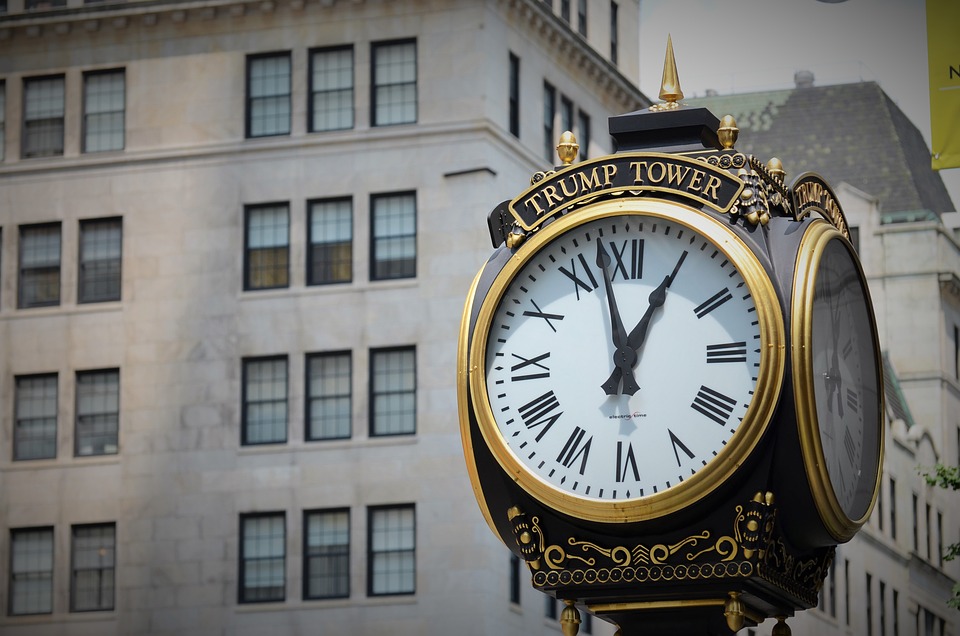
Smart cities are rapidly becoming a reality thanks to advancements in technology and the Internet of Things (IoT). In this article, we will explore the future of smart cities and how IoT innovations are shaping the way we live, work, and interact with our urban environments.
Definition of Smart Cities
Smart cities are urban areas that leverage technology and data to improve the quality of life for their residents. These cities use IoT devices and sensors to collect and analyze data in real-time, allowing for more efficient management of resources and infrastructure.
IoT Innovations in Smart Cities
The Internet of Things (IoT) is a network of interconnected devices that can communicate and share data with each other. In smart cities, IoT technologies are used to monitor and control various aspects of city life, such as transportation, energy usage, and public safety.
Smart Transportation
One of the key areas of focus for IoT innovations in smart cities is transportation. By utilizing sensors and data analytics, cities can optimize traffic flow, reduce congestion, and improve public transportation services. For example, smart traffic lights can adjust their timing based on real-time traffic patterns, leading to smoother traffic flow and reduced emissions.
Energy Management
IoT technologies can also be used to improve energy efficiency in smart cities. Smart meters and sensors can monitor energy consumption in real-time, allowing for better management of energy use and infrastructure. This can lead to cost savings for residents and reduce the city’s carbon footprint.
Public Safety
Improving public safety is another important aspect of smart cities. IoT devices such as surveillance cameras, drones, and smart sensors can help law enforcement agencies monitor and respond to emergencies more effectively. Additionally, smart streetlights can automatically adjust their brightness based on ambient light levels, improving visibility and reducing crime rates.
Challenges and Opportunities
While IoT innovations offer numerous benefits for smart cities, there are also challenges that must be addressed. Privacy and security concerns, data management issues, and the need for interoperability between different IoT devices are just a few of the challenges facing smart city planners.
However, these challenges also present opportunities for further innovation and collaboration between technology companies, government agencies, and urban planners. By working together to address these challenges, smart cities can continue to evolve and improve the quality of life for their residents.
Conclusion
The future of smart cities and IoT innovations is bright. As technology continues to advance, we can expect to see even more exciting developments in how cities are designed, managed, and experienced. By leveraging IoT technologies, smart cities can become more sustainable, efficient, and livable for all residents.